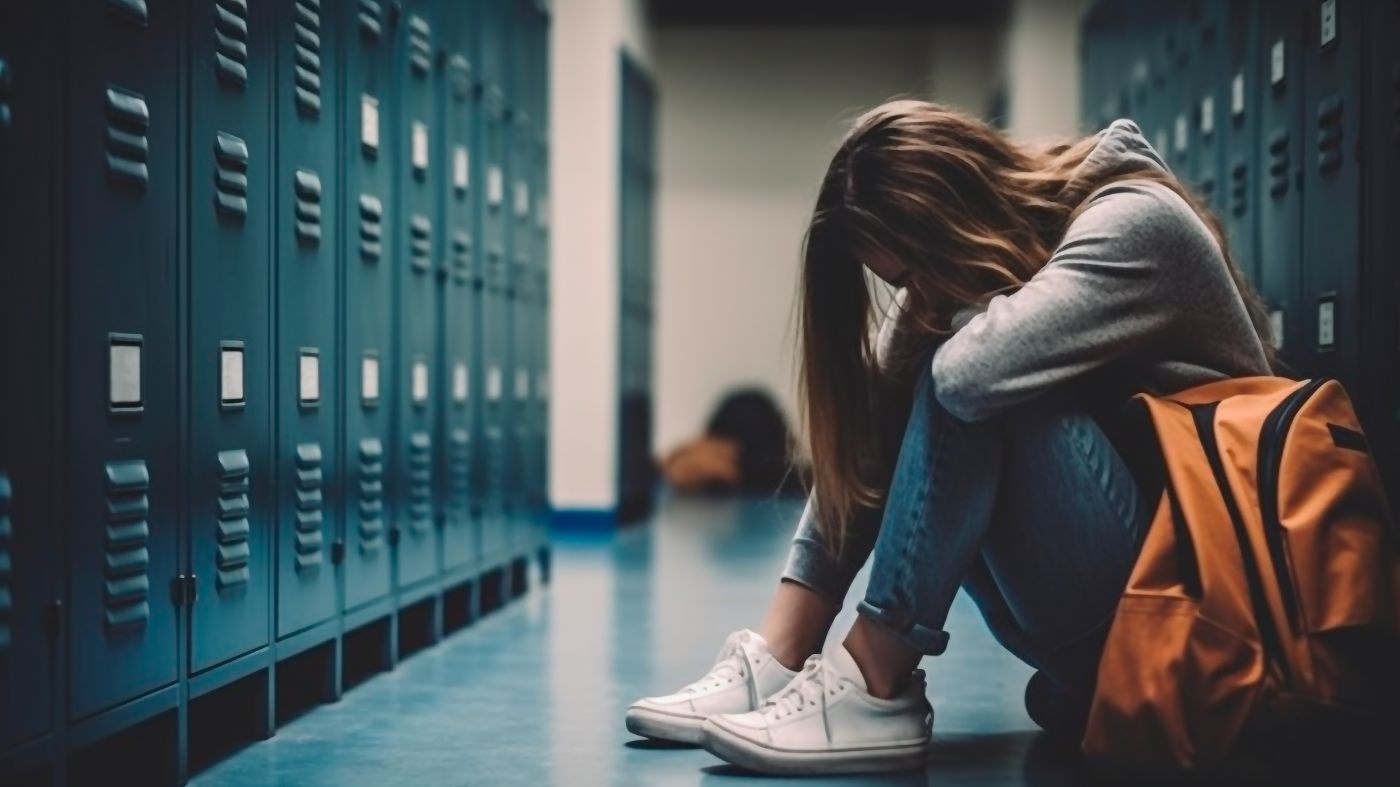
Schools are meant to provide a safe and nurturing environment, but when negligence occurs, students can suffer physical and emotional harm. Schools are legally obligated to take reasonable steps to protect the health, safety, and well-being of the children under their care. When they fail to meet this duty, they may be held liable for any resulting injuries.
Understanding how schools can be held accountable is crucial for parents, students, and educators. The injury attorney at The Law Office of Nigel M. Atwell in Washington, DC, can break down the key ways in which schools can be found negligent and what steps can be taken to hold them responsible for student injuries.
School’s Duty of Care: What It Means for Students
Schools, like other organizations that work with the public, have a legal obligation to exercise reasonable care in order to prevent harm. This duty of care is grounded in the concept that schools are responsible for keeping their students safe while they’re on school grounds or involved in school-related activities.
This duty doesn’t just apply to physical safety but also to emotional and psychological well-being. When schools neglect this responsibility, an injury attorney can help hold them liable for injuries students suffer. The duty of care involves several specific responsibilities, including:
Properly supervising students during school hours and activities.
Providing a safe and healthy physical environment.
Responding to reports of bullying, harassment, or discrimination.
Making sure students are protected from abuse, whether by teachers, staff, or fellow students.
Making accommodations for students with special needs or disabilities to facilitate their safety and inclusion.
A school’s duty of care is broad and covers many aspects of student welfare. Failing to meet any of these responsibilities can be grounds for liability if a student is injured as a result.
How Negligence Occurs in Schools: Common Causes of Student Injuries
Negligence in schools can manifest in many different ways. The following are some of the most common causes of student injuries:
Inadequate supervision: Teachers, staff, and administrators must be vigilant in monitoring students during class, recess, physical education, and extracurricular activities. A lack of supervision can result in accidents or allow bullying and other harmful behavior to go unchecked.
Unsafe facilities: Schools are required to maintain safe and secure buildings, playgrounds, and sports facilities. Broken equipment, unsafe construction, and improperly maintained areas can all contribute to student injuries.
Failure to address bullying and harassment: If a school fails to intervene in bullying situations or address reports of harassment, it can contribute to physical and emotional harm. Schools have a duty to protect students from such abuse.
Improper staff conduct: Teachers, coaches, and staff are expected to interact with students in a safe and appropriate manner. If a staff member engages in inappropriate behavior, such as sexual harassment or abuse, the school may be held responsible for failing to prevent or address the misconduct.
Inadequate response to medical needs: Students with special needs or medical conditions require specific accommodations to stay safe. Schools that fail to implement necessary medical plans or provide appropriate assistance may be held liable for injuries resulting from their negligence.
The wide range of causes for negligence in schools makes it important to examine each case carefully. Injuries can happen in a variety of ways, but the underlying factor is often the school’s failure to fulfill its duty of care. With this in mind, it’s crucial to understand the legal grounds upon which schools can be held accountable with the guidance of an injury attorney.
Legal Grounds for Holding Schools Accountable for Negligence
When a student is injured due to school negligence, there are several legal grounds on which a lawsuit filed by an injury attorney may be based. It’s important to understand these legal theories, as they form the foundation for holding the school responsible for the injury.
Premises Liability
Premises liability holds schools responsible for maintaining safe conditions. If a student is injured due to dangerous conditions, such as broken playground equipment or slippery floors, the school may be liable for failing to fix the problem. The school’s responsibility is to make sure that students aren’t exposed to risks of injury while on school grounds.
Vicarious Liability
Vicarious liability refers to the idea that a school can be held liable for the actions of its employees. If a teacher, coach, or staff member causes harm to a student — whether through negligence or intentional acts — the school may be held responsible. This is particularly relevant in cases of bullying or sexual harassment.
Negligent hiring, supervision, or retention
If a school hires an employee who’s unqualified, has a history of inappropriate behavior, or lacks the necessary skills, it may be liable for negligence. This can apply to teachers, coaches, janitors, or any other staff members. Schools are also responsible for making sure that employees are properly trained and supervised while on the job.
Failure to comply with federal and state laws
Schools must adhere to federal and state laws, especially those related to student safety. For instance, failure to comply with the Americans with Disabilities Act (ADA) or Title IX — laws that protect against discrimination based on disability and sex — can expose schools to liability for student injuries.
These legal grounds provide strong guidelines for holding schools accountable when they fail to protect students. If any of these conditions are present, it’s possible for students and their families to pursue legal action with an injury attorney against the school for negligence. Negligence can particularly affect students with special needs or those facing discrimination.
Special Education and Disability Discrimination
When a student has a disability, the school has a heightened duty of care. This includes making accommodations for the student’s unique needs and providing proper supervision. Schools that fail to comply with laws such as the Individuals with Disabilities Education Act (IDEA) may be liable for injuries caused by their neglect. For example, a school may be liable if:
It fails to provide appropriate accommodations for a student with a physical disability, such as accessible pathways or special seating arrangements.
The school doesn’t have the necessary resources or staff to assist a student with medical needs, leading to an injury.
A teacher or other staff member discriminates against a student based on their disability, contributing to the student's harm.
Special education cases often involve a combination of negligence and discrimination, making them more serious but no less important. Schools must understand their obligations and create safe environments for all students. This includes following laws designed to protect students from discrimination and abuse, which is where sexual harassment and abuse come into play.
School Sexual Harassment and Abuse
Sexual harassment and abuse are severe forms of negligence that can have lifelong emotional and physical impacts on students. When a school fails to prevent or address instances of sexual harassment or abuse, it can be held liable for the harm caused. This includes harassment by other students, staff, or visitors to the school. Schools can be found liable for:
Failing to prevent or respond to sexual harassment.
Not providing a safe environment for students, which allows harassment to continue.
Not adequately training staff to recognize and address sexual harassment.
Not following proper procedures for investigating harassment claims and taking corrective actions.
Sexual abuse cases, in particular, often lead to significant legal action with an injury attorney. Schools must take immediate and effective steps to stop abuse and protect students from harm. With that in mind, you should know what parents and students can do if they face an injury caused by school negligence.
Taking Action: What Parents and Students Can Do
If a student is injured due to school negligence, there are several steps parents and guardians can take to pursue legal action:
Document the incident: Keep detailed records of the injury, including photographs, medical reports, and witness statements. This documentation will be crucial for any legal claims.
Notify the school: Report the injury or incident to the school and request an official investigation. Schools are often required to file reports with their insurance companies, which could be useful in any legal proceedings.
Consult with an attorney: Reach out to a school law or personal injury attorney who is knowledgeable about student injuries. They can help you understand your legal options and the best way to proceed.
File a lawsuit if necessary: If the school’s negligence led to a student injury and the school is unwilling to offer a fair resolution, filing a lawsuit may be necessary. A skilled injury attorney can help build a strong case based on the facts.
These steps can help guide the legal process and make sure that the victim’s rights are protected. Of course, preventing injuries is always the best approach, which is why it’s important for schools to reduce the risk of negligence.
Preventing Student Injuries: What Schools Can Do
Schools can take proactive steps to prevent injuries and reduce their liability. Some effective strategies include:
Training staff on safety protocols: Make sure that all school personnel are properly trained in safety procedures, including emergency response, first aid, and reporting injuries.
Regular facility inspections: Conduct regular inspections of school grounds and facilities to identify and address potential hazards.
Implementing bullying prevention programs: Establish and enforce policies to prevent bullying and harassment, providing clear procedures for reporting incidents.
Developing individualized safety plans: Create safety plans for students with special needs or medical conditions, including clear protocols for staff and emergency responders.
By taking these steps, schools not only reduce the risk of injuries but also demonstrate that they’re taking reasonable care to protect their students.
Contact Us Today
While schools have a duty to protect students from harm, injuries still occur due to negligence, inadequate supervision, and failure to comply with laws. If you or someone you know has been injured due to school negligence, it’s important to consult with the experienced injury attorney at The Law Office of Nigel M. Atwell in Washington, DC. Call today for a free consultation.


